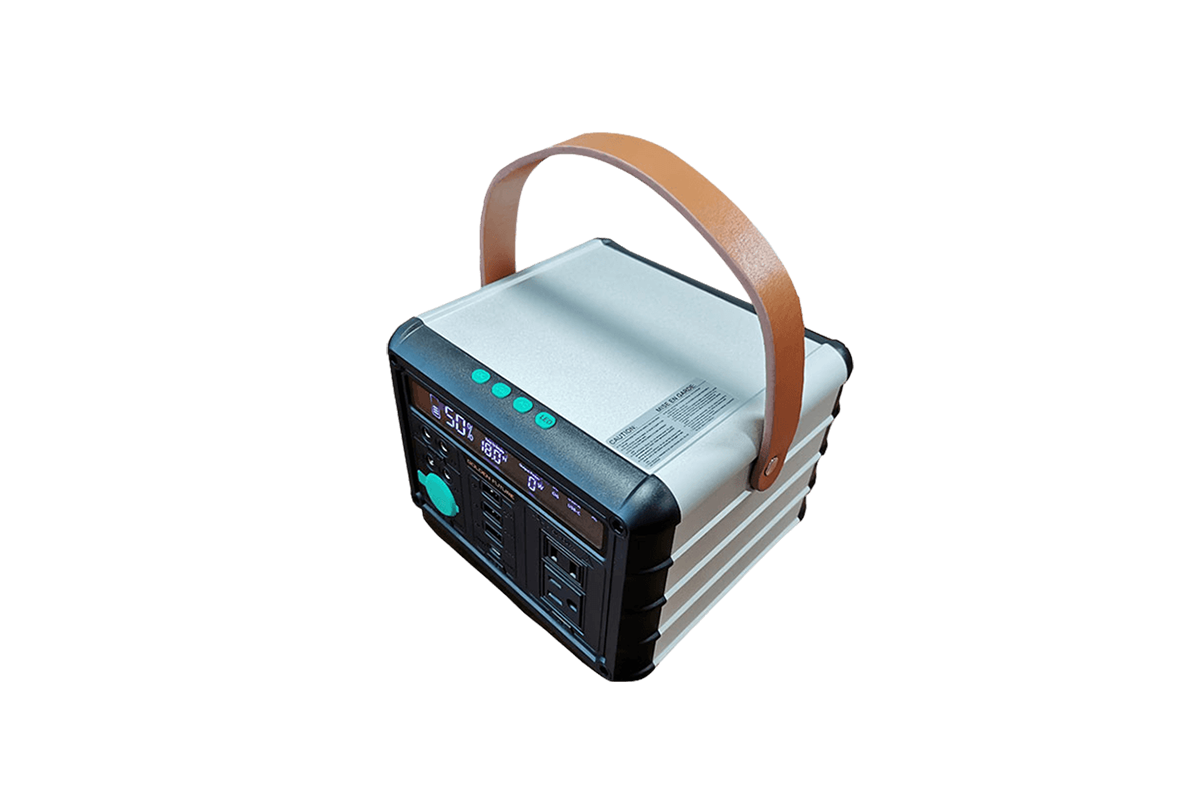

Time:2025-07-23 Views:1

Distinguishing between rechargeable batteries and regular (non-rechargeable) batteries involves examining physical characteristics, chemical compositions, and labeling. One of the most straightforward methods is checking the battery’s labeling. Rechargeable batteries often bear terms such as "Rechargeable," "NiMH," "Li-ion," "Li-poly," or "NiCd," indicating their chemical composition and ability to be recharged. In contrast, regular batteries are typically labeled with "Non-rechargeable," "Disposable," "Alkaline," "Zinc-Carbon," or "Primary Battery," clearly indicating they are designed for single use. Physical differences also exist: rechargeable batteries are often slightly heavier due to their internal structures, which include components that facilitate reversible chemical reactions. For example, NiMH batteries have a metal hydride electrode, while Li-ion batteries use lithium compounds, both allowing repeated charging cycles. Regular batteries, such as alkaline ones, use manganese dioxide and zinc, which undergo irreversible chemical reactions during discharge, making them unsuitable for recharging. Voltage is another indicator; rechargeable batteries often have a lower nominal voltage than their disposable counterparts. For instance, a rechargeable AA NiMH battery typically has a 1.2V rating, whereas a disposable AA alkaline battery is 1.5V. Additionally, rechargeable batteries may feature a distinctive shape or contact design, such as a flat top with a small indentation, to prevent accidental insertion into devices that require non-rechargeable types. It is crucial to note that attempting to recharge a regular battery can lead to leakage, overheating, or even explosion, highlighting the importance of proper identification.
Read recommendations:
20kw Solar Battery for Residential Use
Fast charging household energy storage power supply